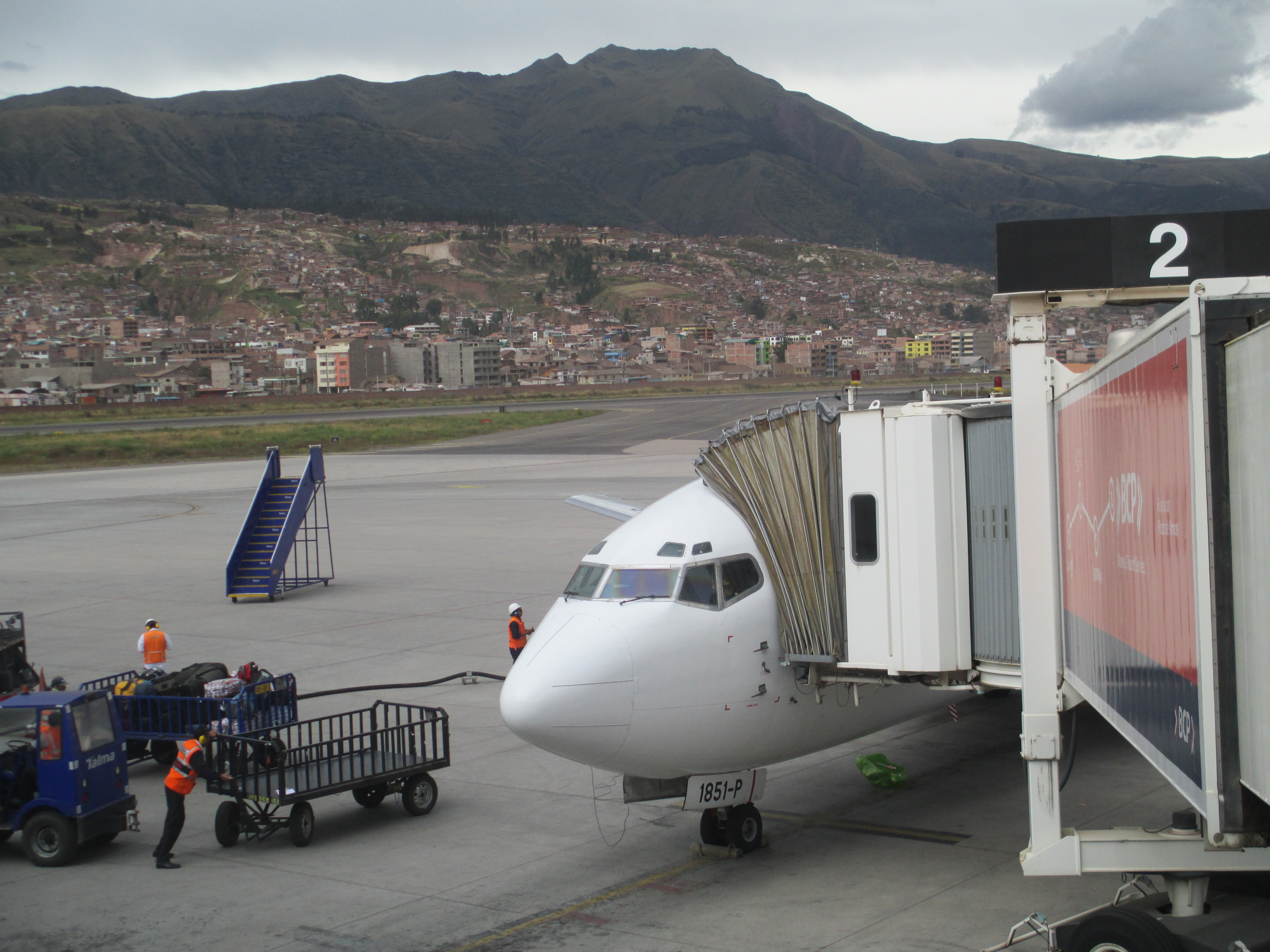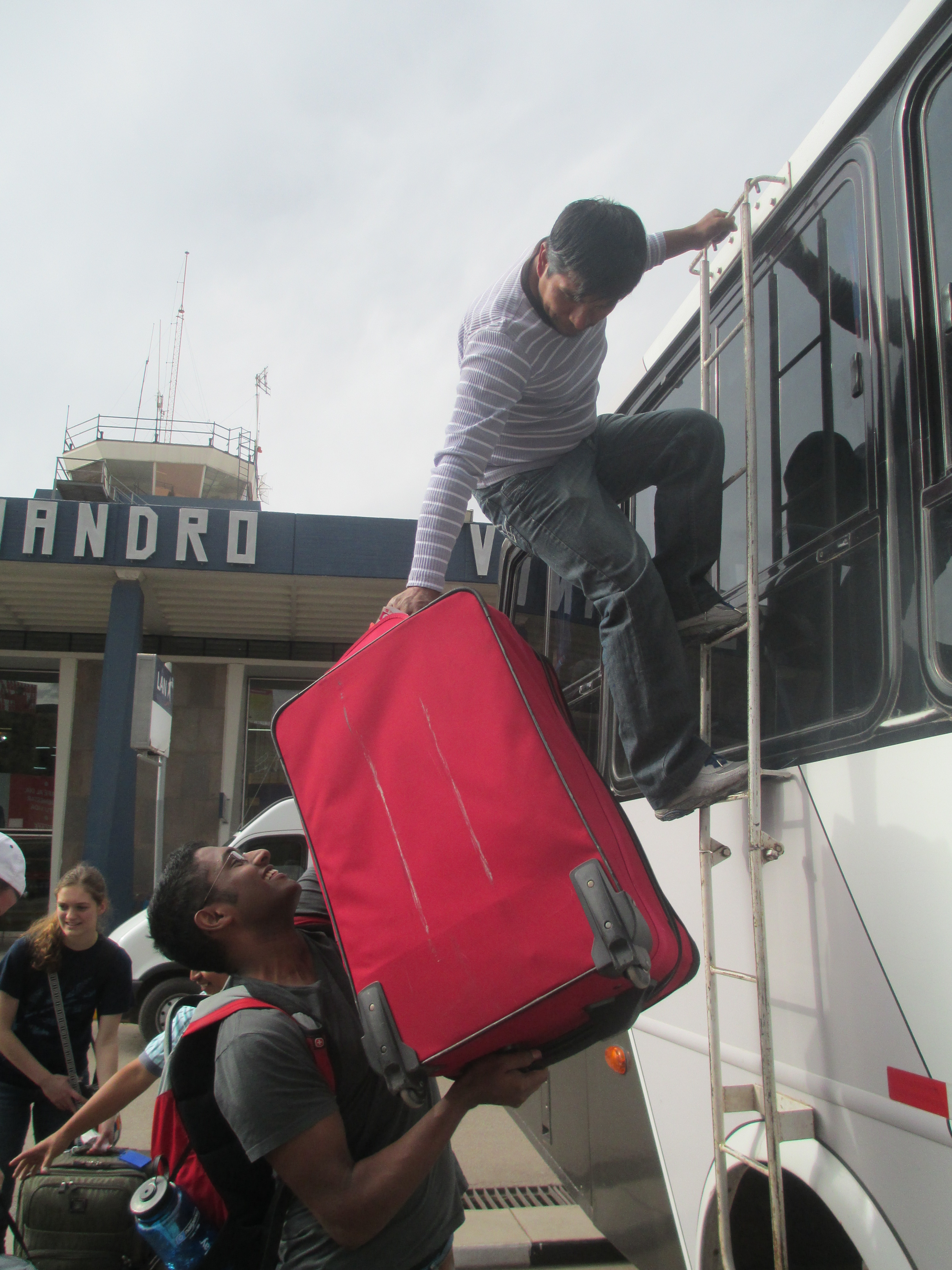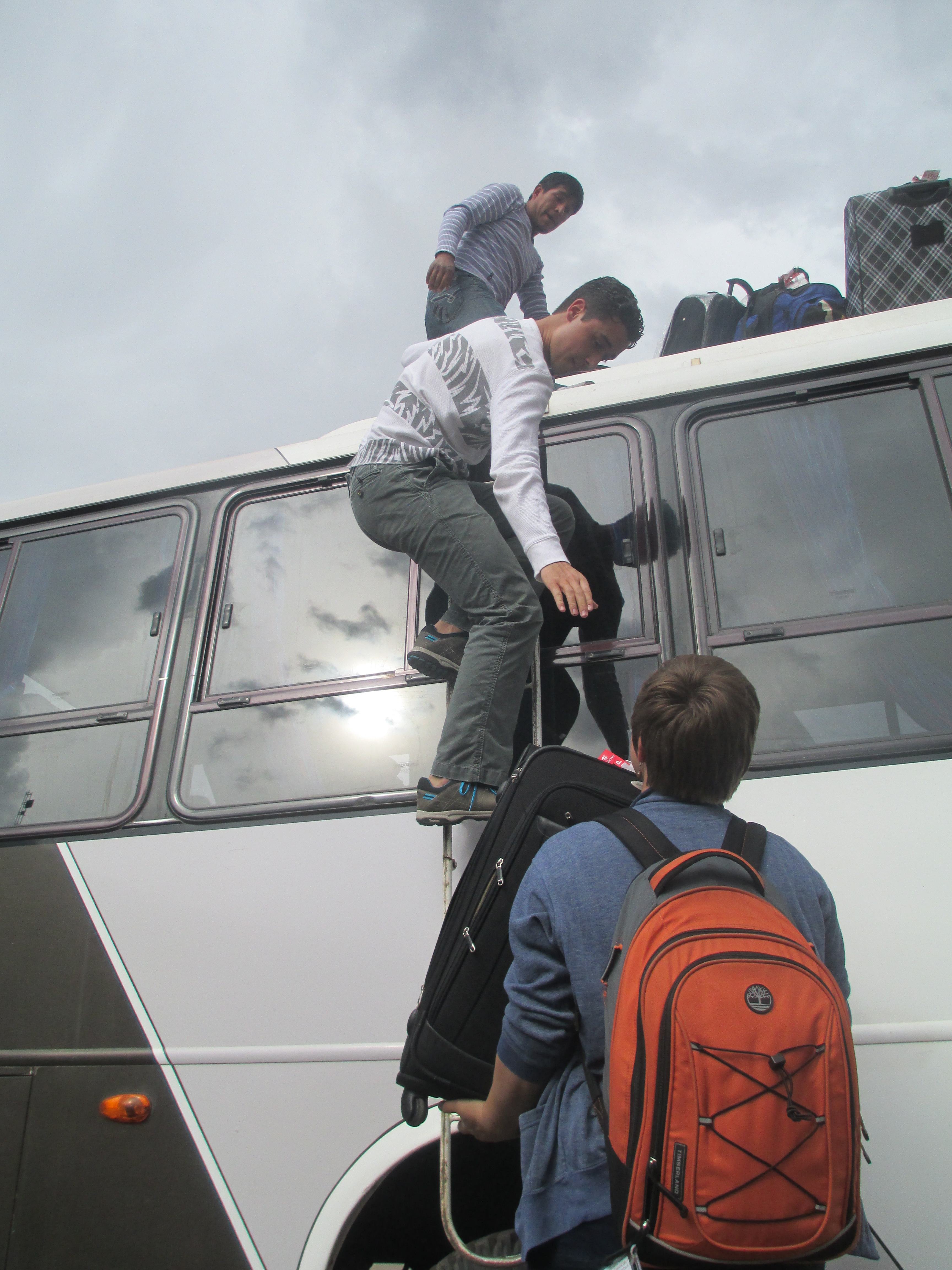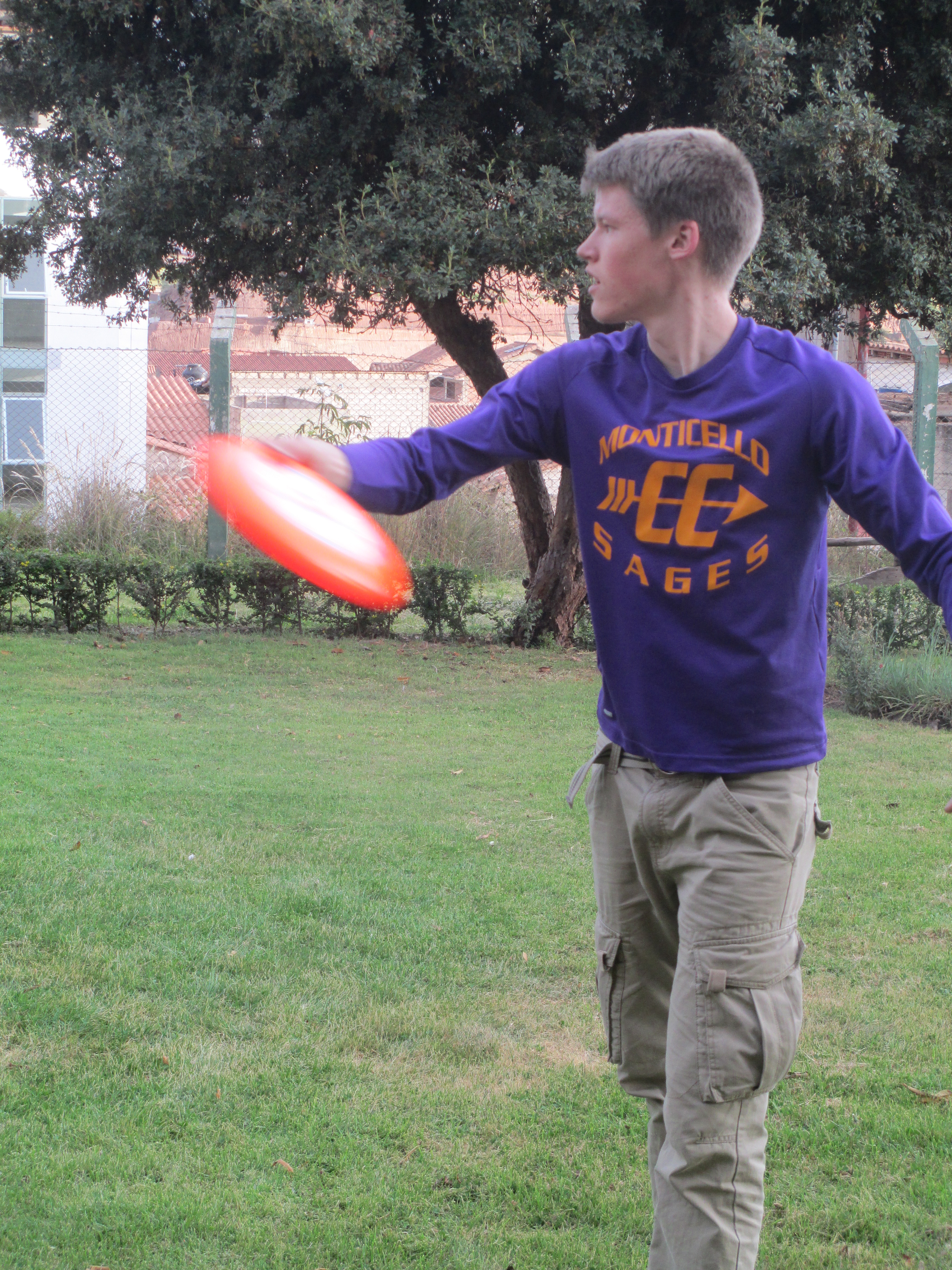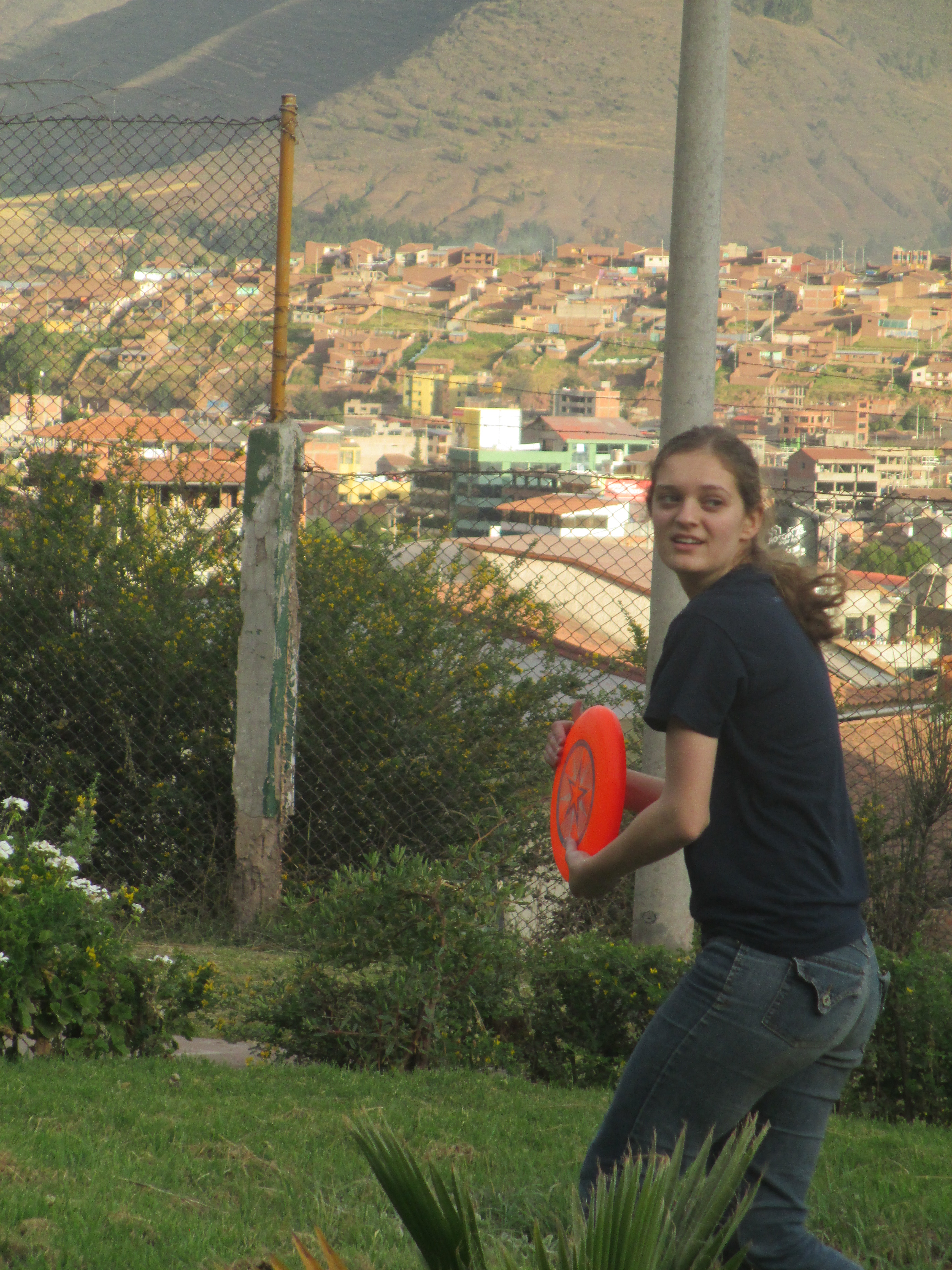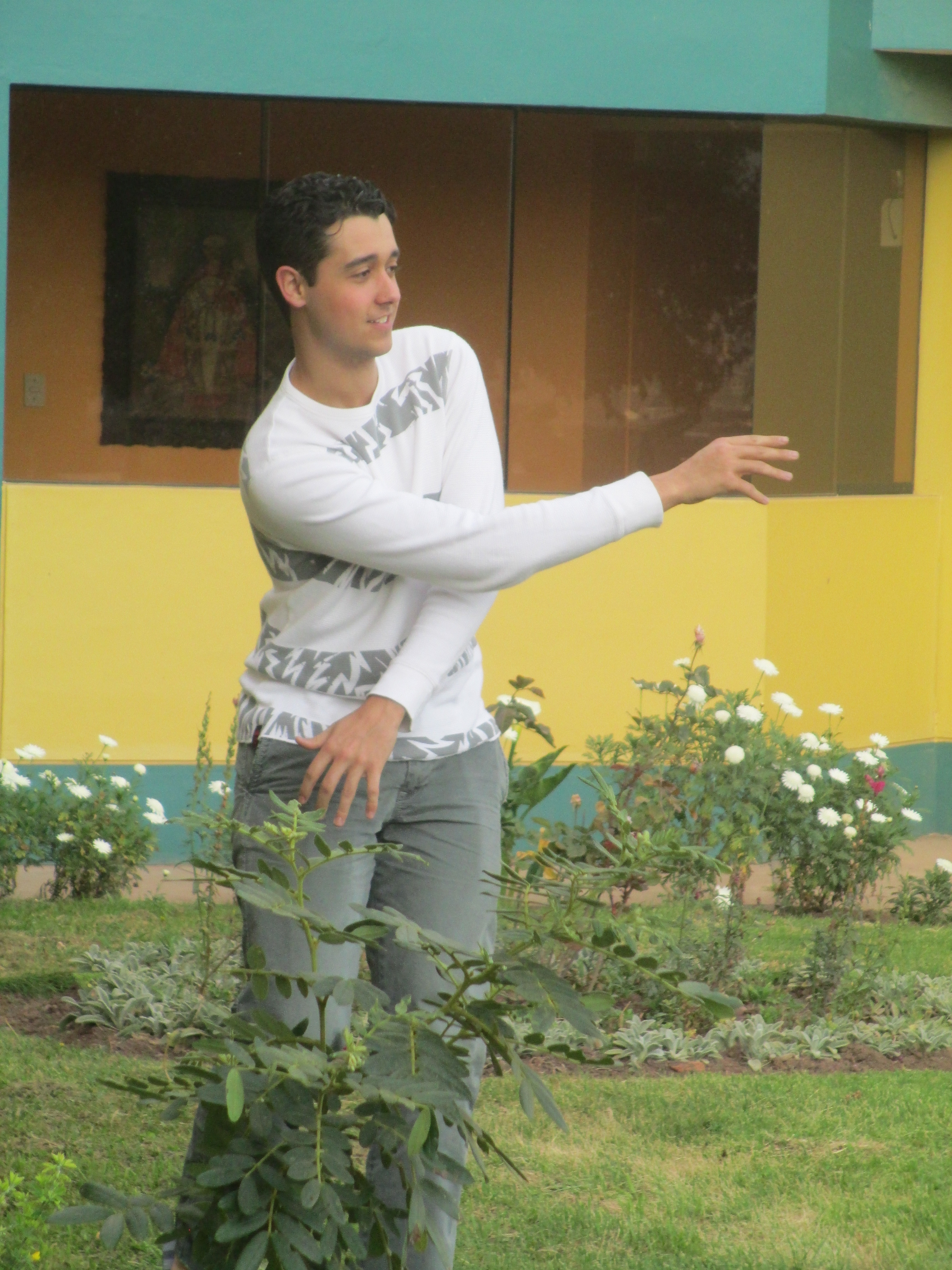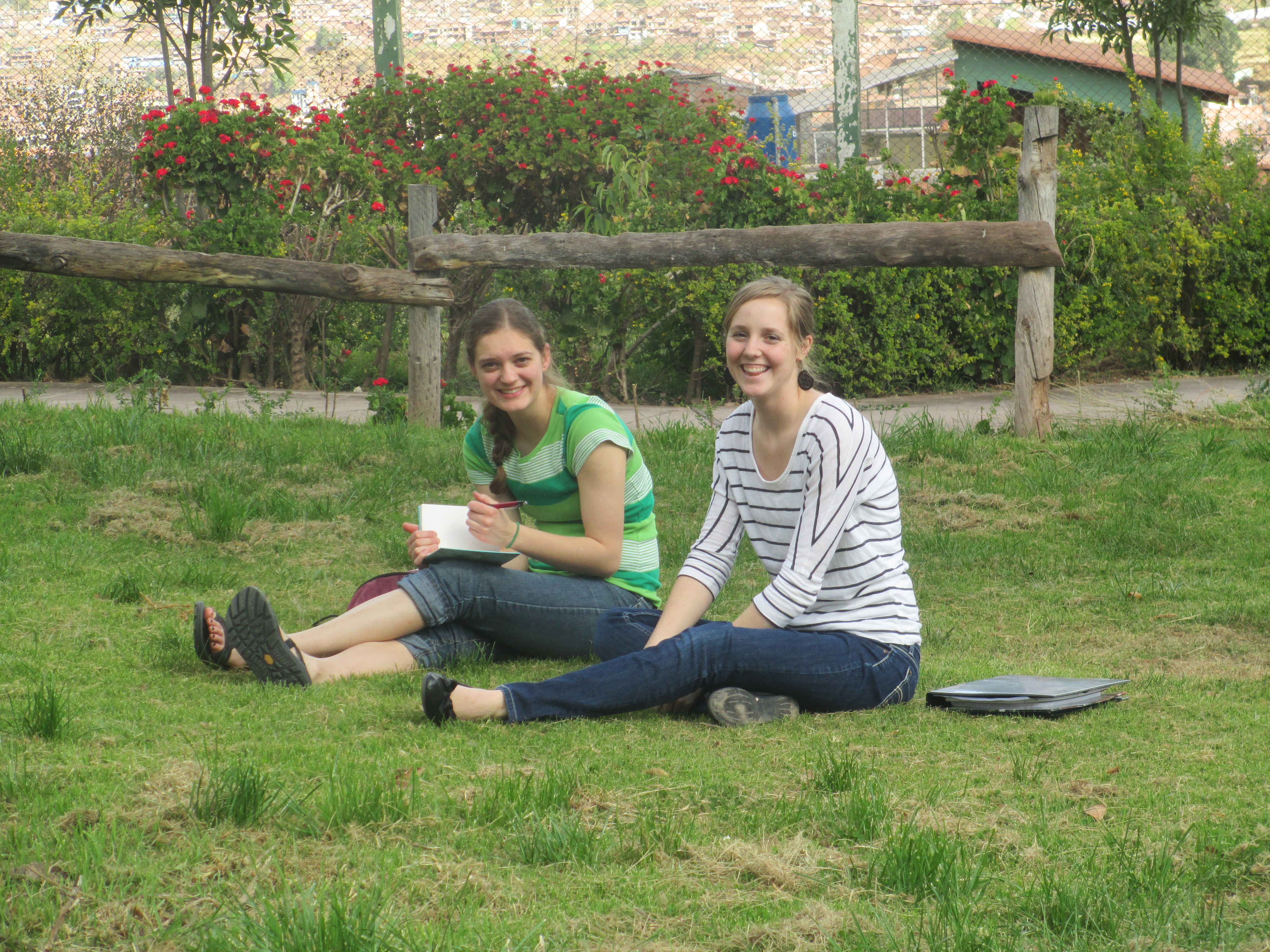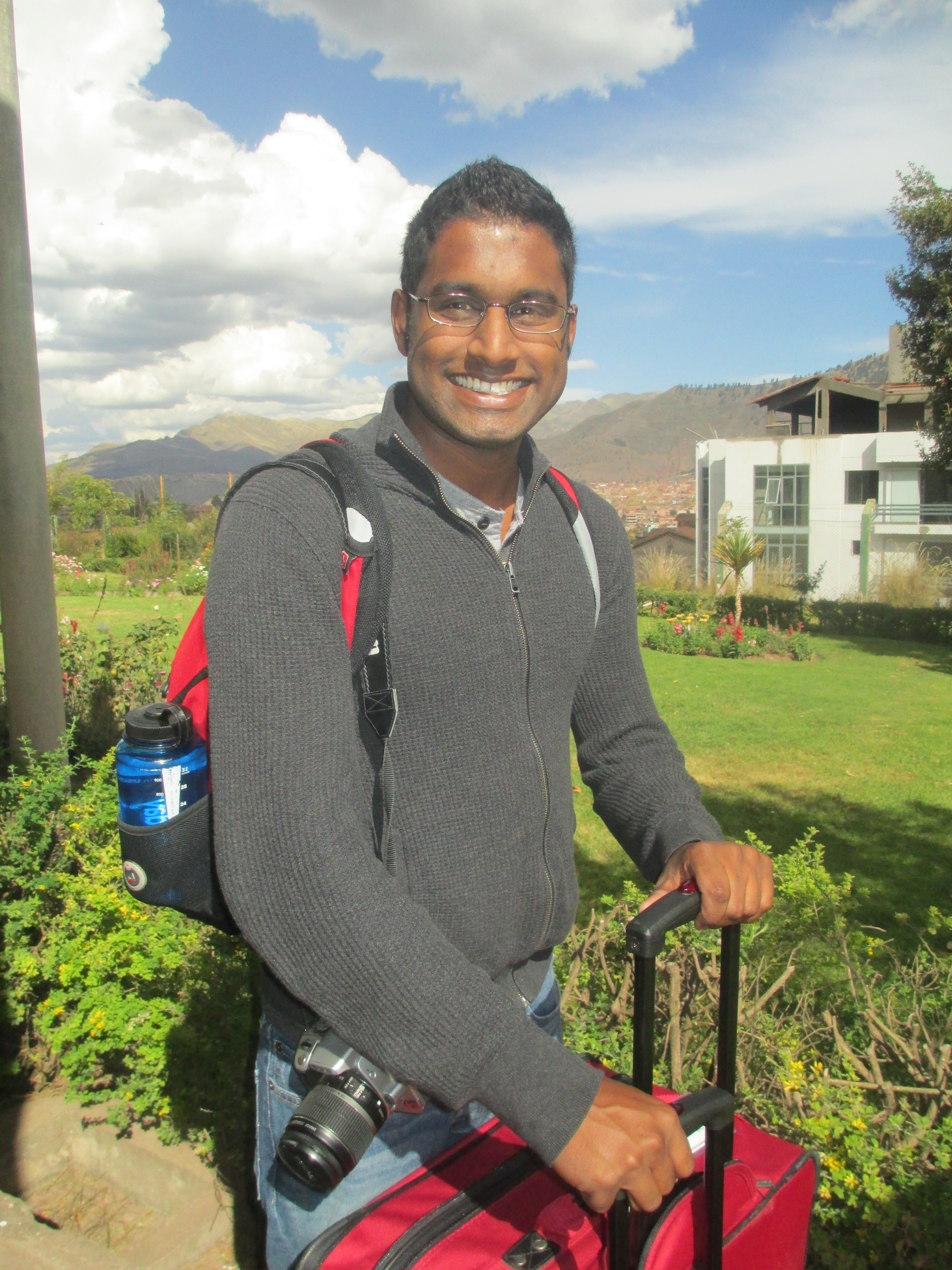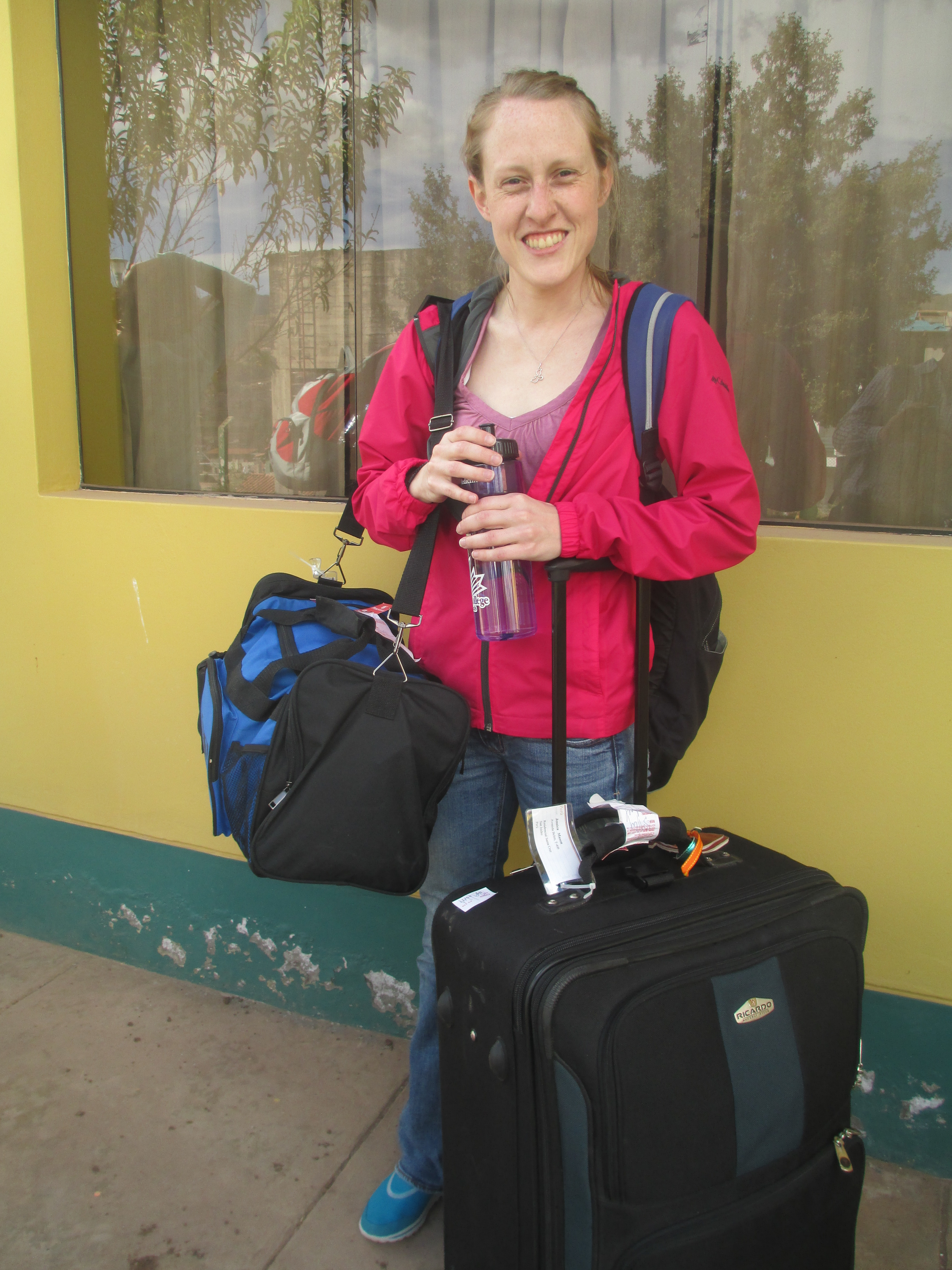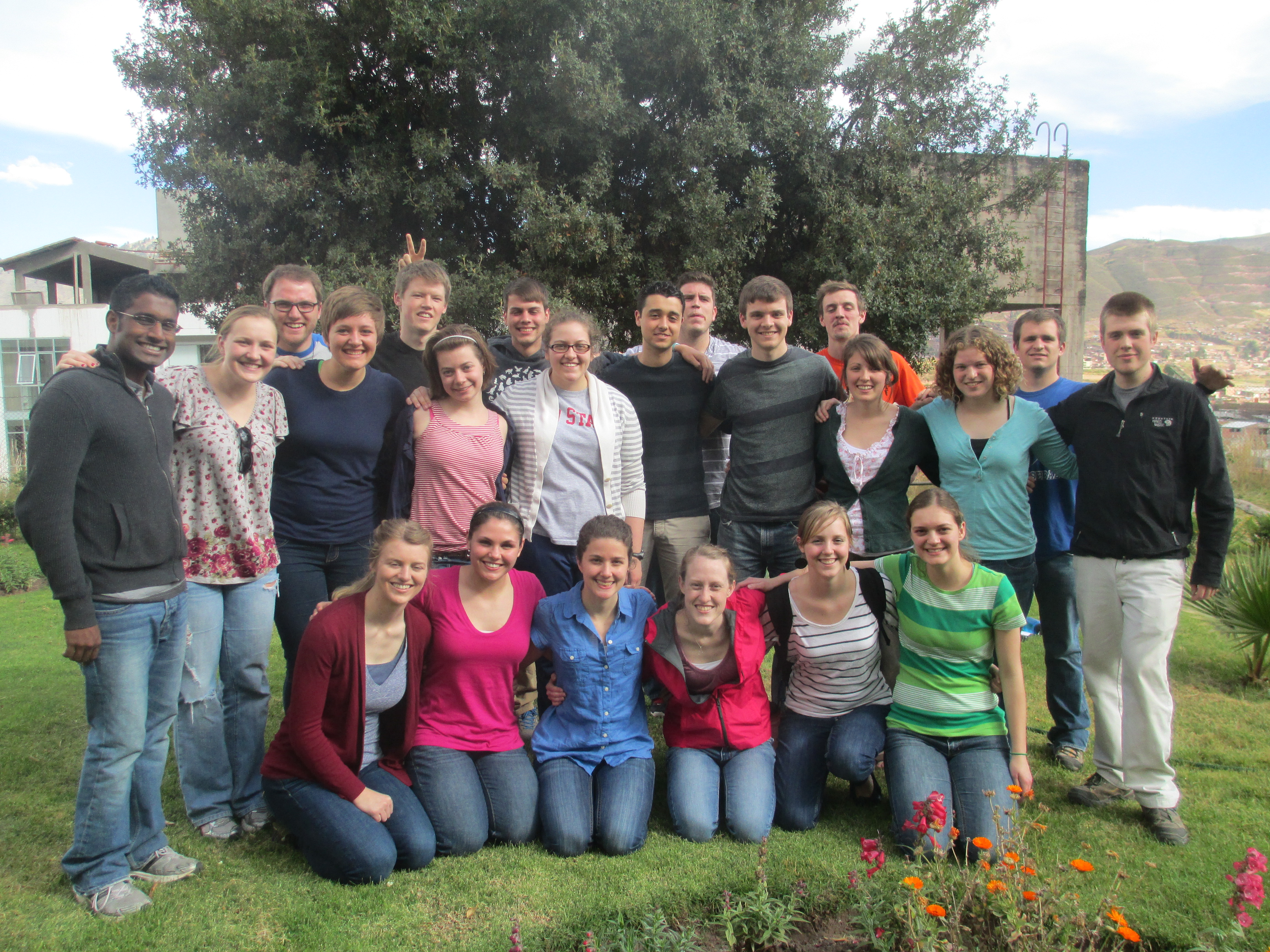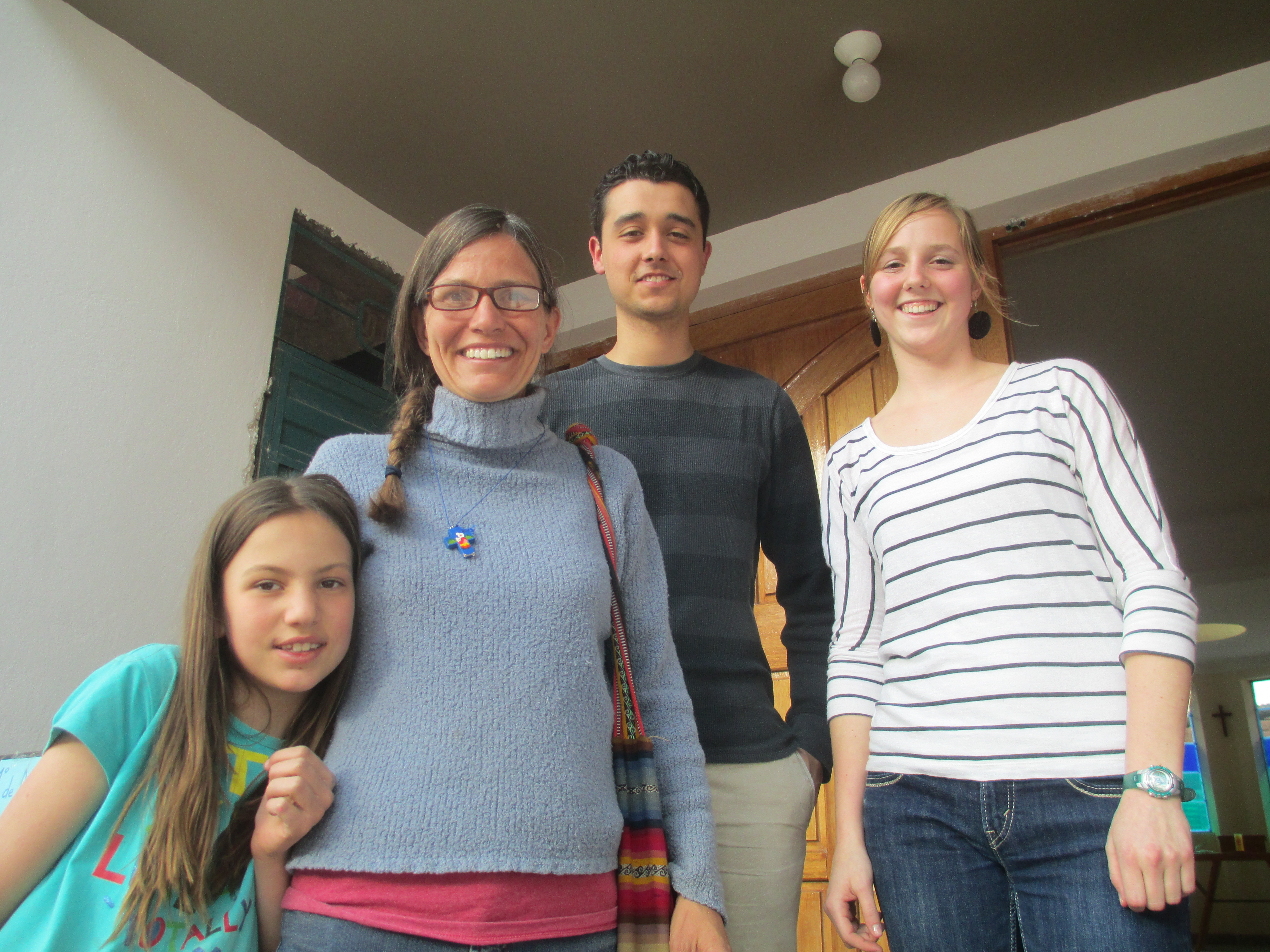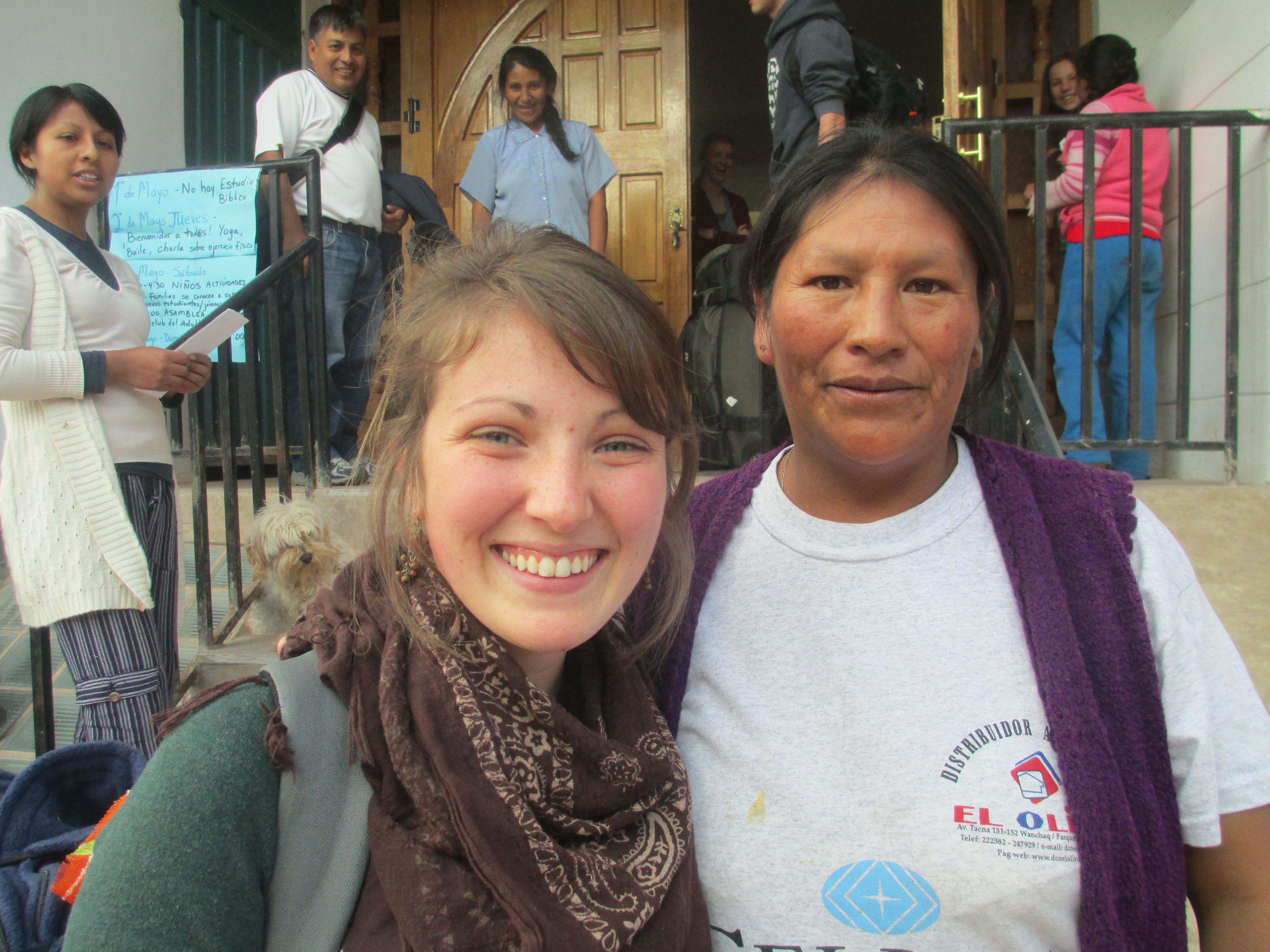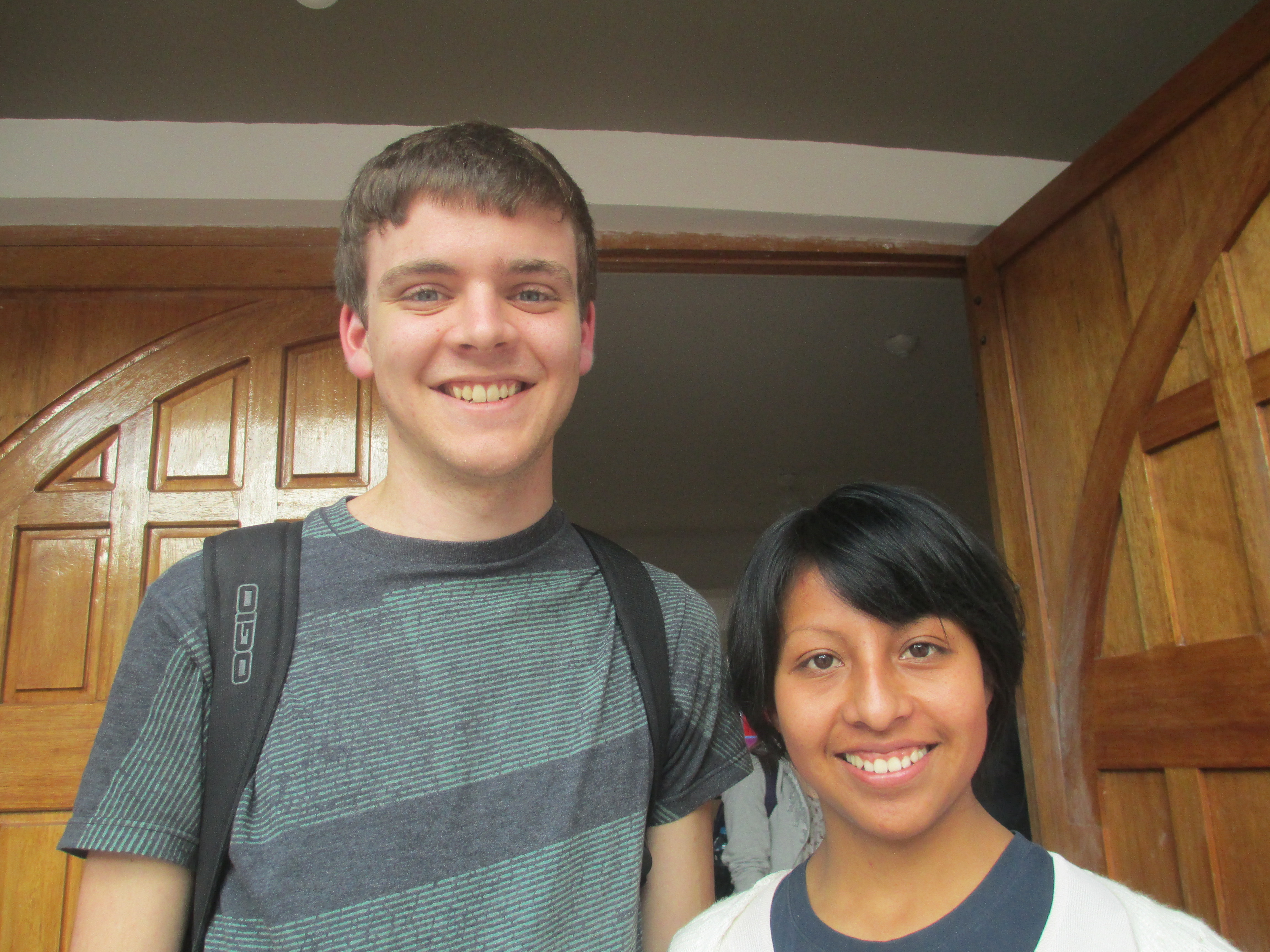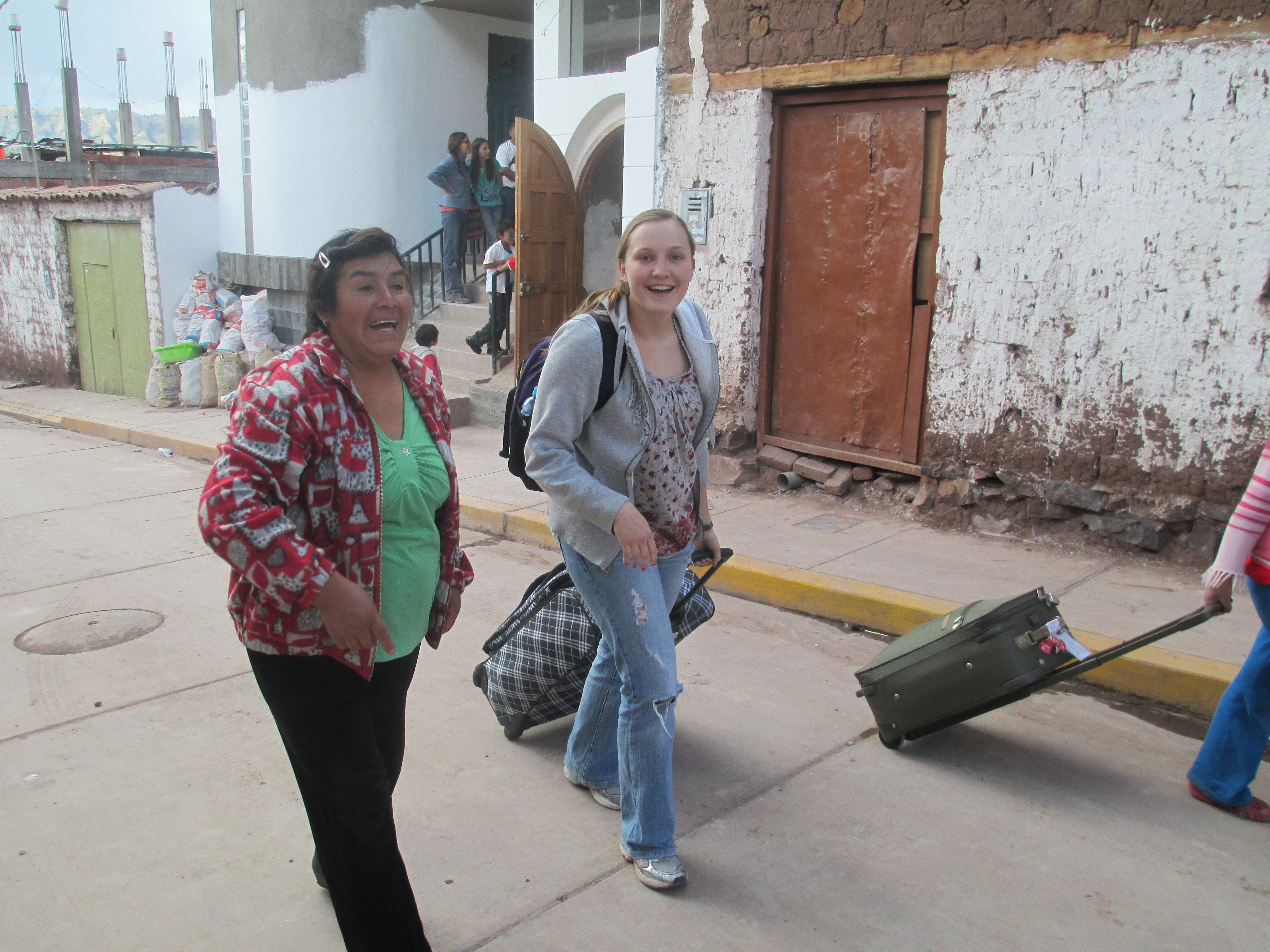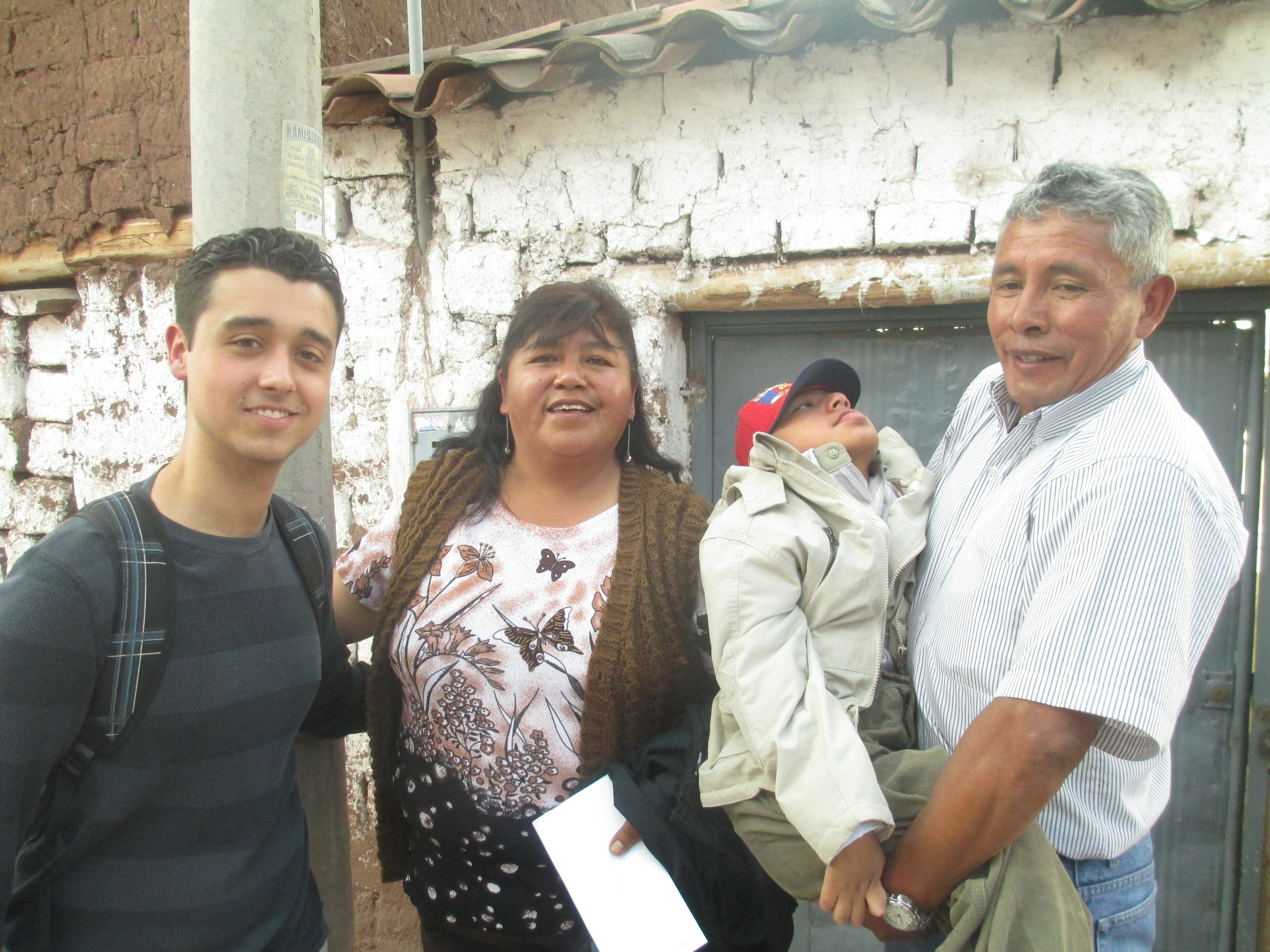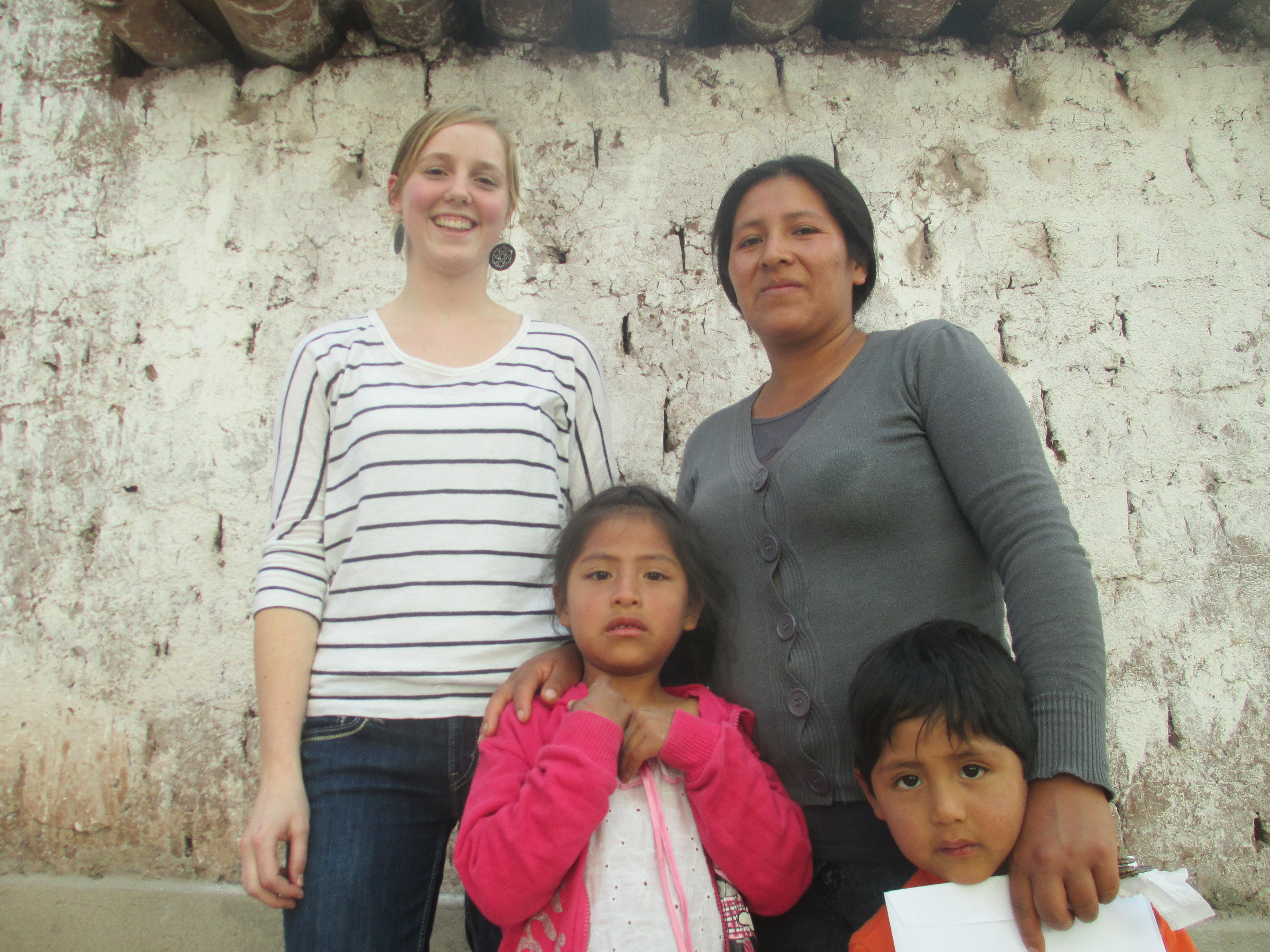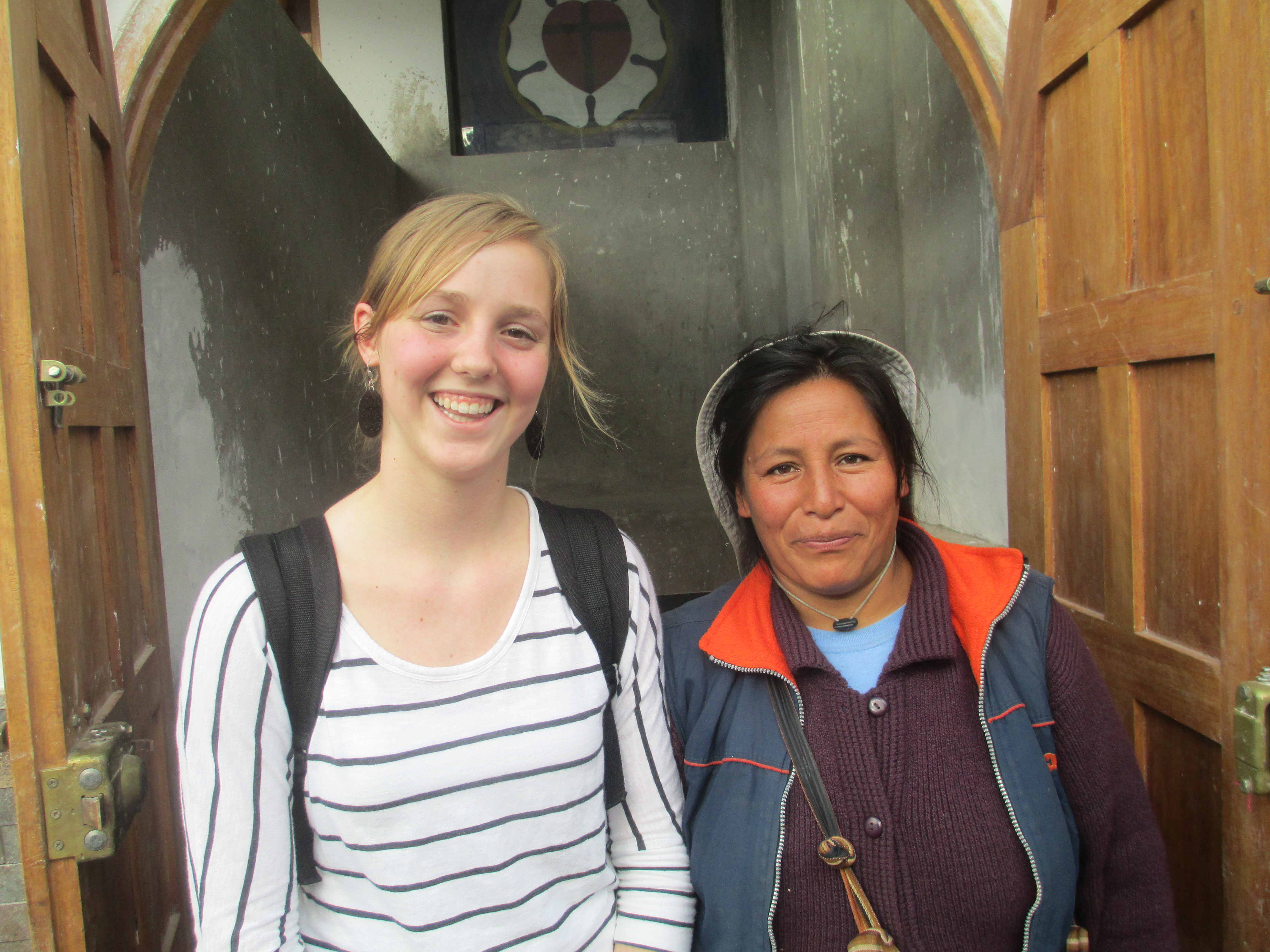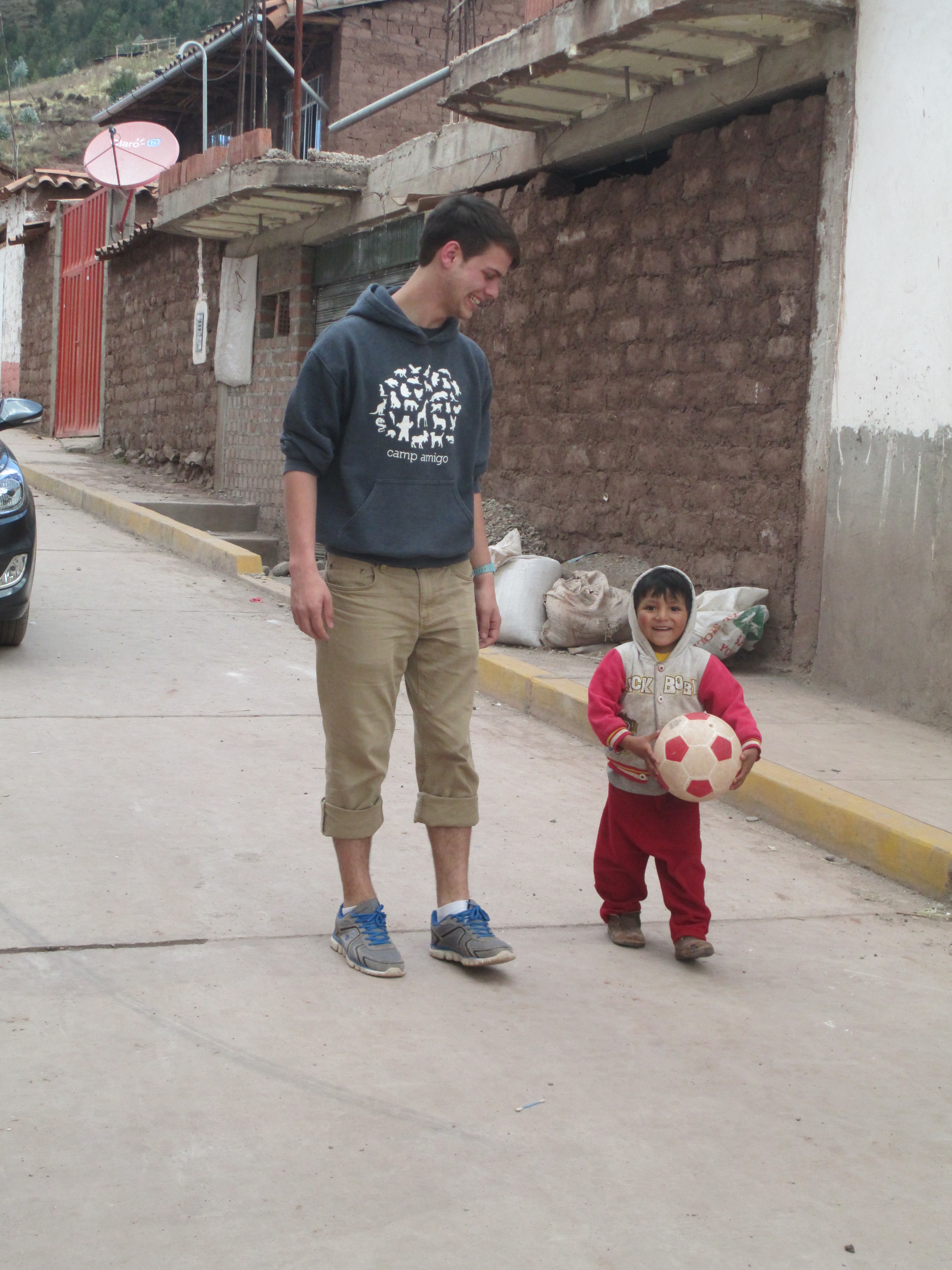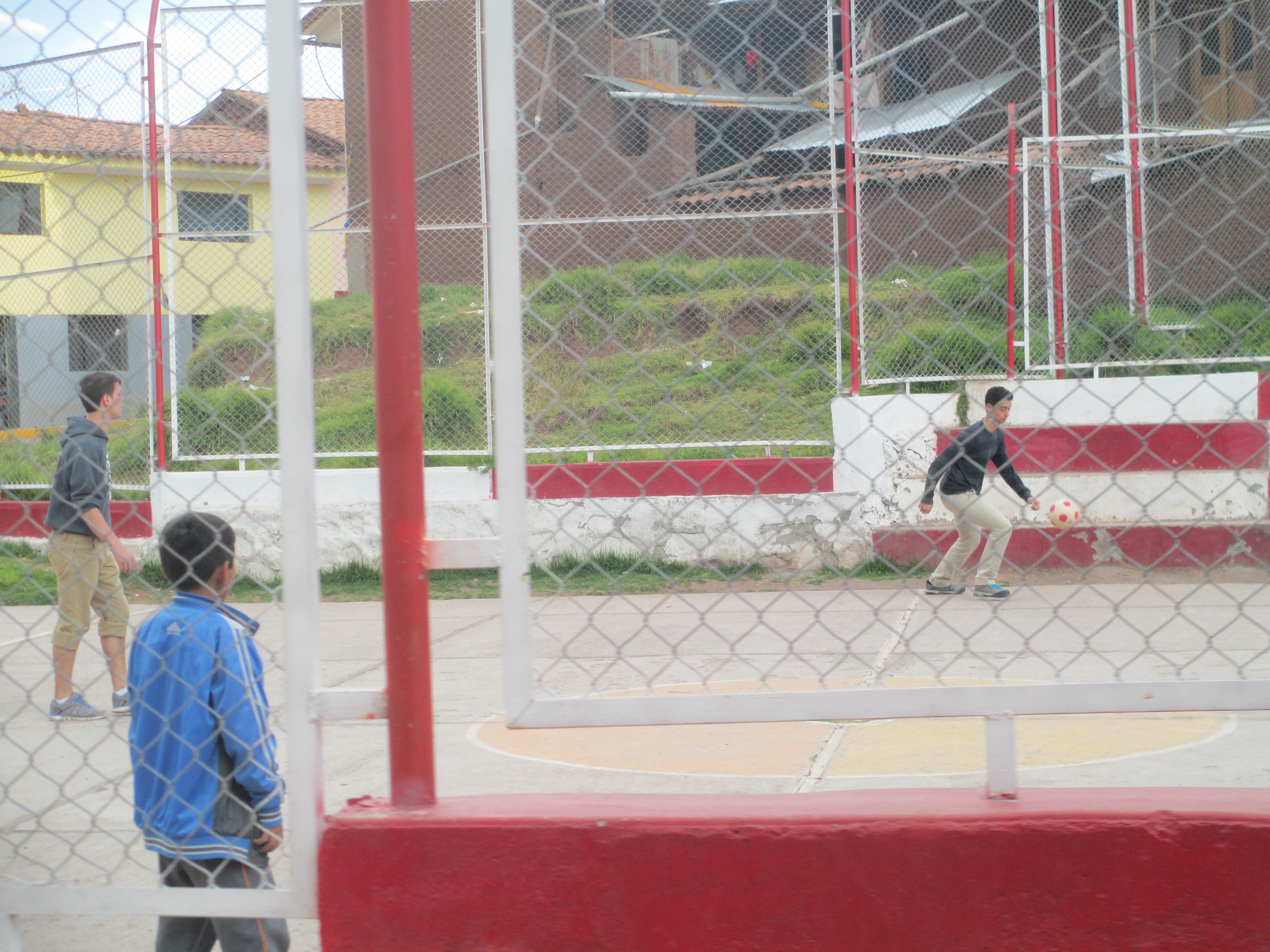Life in the Andes
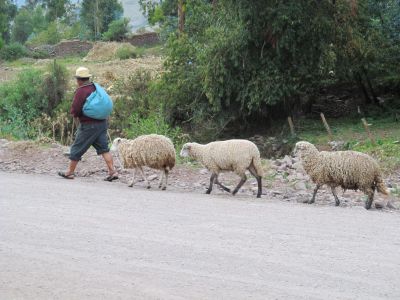
If our purpose is to study the changes happening in Peru — the movement from a traditional Andean culture to a society influenced by North America and connected to the global economy – it makes sense to begin in the beginning. If we had a time machine, we’d simply dial back to the 1400’s, a century before the arrival of the Spanish conquistadors on South American soil, and experience life in an Inca village. But Apple hasn’t invented this device yet– or at least it hasn’t been released to the public. So instead we boarded a jet for Cusco, one-time capital of the Inca empire.
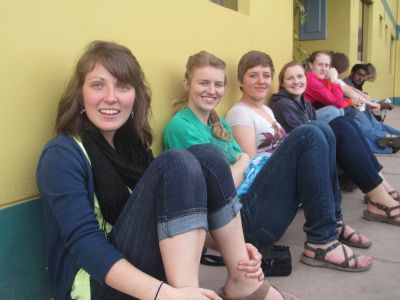
The students spent their first night at the Sol de Oro (Golden Sun) retreat center. Some explored the neighborhood of adobe houses recently constructed on the dirt road above the center. Others rested — life at 3,399 meters (11,152 feet) above sea level takes some getting used to. The low pressure atmosphere in the Andes makes it difficult for the human body to get the oxygen it needs, but people normally acclimate within several days. Meanwhile, we finished our SST orientation with a discussion of life with an Andean host family and a description of the academic expectations for the semester.
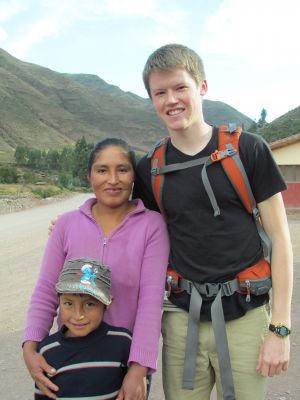
The next day the students boarded two buses: one headed down the valley toward the villages of Lucre and Huacarpay and the other up the valley toward the community of Winpillay. The students unloaded their suitcases and backpacks at Huacarpay Evangelical Mennonite Church, Lucre Evangelical Mennonite Church and Winpillay Luthern Church. And then, one by one, their host families arrived to pick them up and walk them the short distance to their homes.
